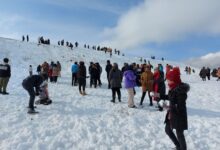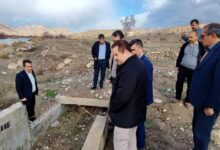The effect of Nowruz mirrors in the lithographs of Persepolis
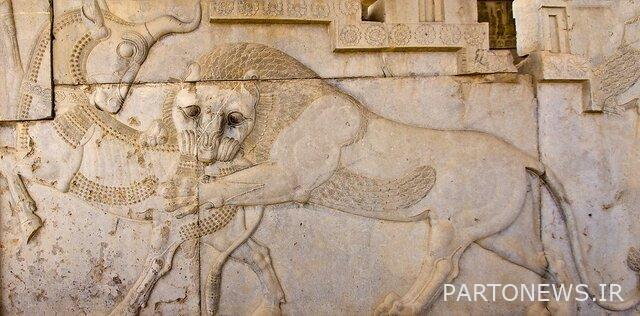
The concepts of some lithographs include paintings whose motifs are small and sometimes miniature images of animals, figures, symbols, plants and humans in monograph or in hunting scenes, battles, dances and social and ritual ceremonies. .
The art of lithography has a special place. This art has been able to display the first known manifestations of the artistic and aesthetic sensitivity of distant human ancestors in many parts of the world with meaningful expression. The concepts of lithographs are often similar to each other, and in terms of execution technique, they are staggered and percussive, created by hitting the rock with hard, solid objects at very shallow depths. The themes of the lithographs are influenced by the geographical, cultural, and environmental conditions of each region. Today, their vast rock carvings range from the Paleolithic to the contemporary period.
Among the important and spectacular lithographs of Iran, we can mention the maps in Persepolis. Persepolis was the capital where important rituals such as Nowruz were celebrated. The ritual of this ancient ritual can be seen in some of the existing motifs and the remains of its palaces.
Nowruz is dated in some historical documents to the third millennium BC, ie more than 5000 years ago. Simultaneously with the celebration of Nowruz on the plateau of Iran, the celebration of Nowruz was also held in Mesopotamia, however, some narrations consider Nowruz to be a Zoroastrian ritual.

Therefore, there are lithographs of the Nowruz ritual in Persepolis, among which we can mention the designs of the eastern stairs of Apadana Palace.
On the eastern steps of Apadana Palace, there is an example of engravings known as the Nowruz morning. In this work, people from different ethnicities of Iran and other countries under the rule of the Persian Empire are seen standing in line and presenting their gifts and celebrating spring and the new year.
According to historical writings, in the first row of this Median sculpture are the Parthians, Elamites, Heratians, Egyptians and Westerners, who offer several cups and a camel as gifts.
The second row of this line includes the Gandarians, who stand with spears and shields and bring gifts to the cows. In the same row, two Scythians with bow and dagger hats can be seen holding clothes. In the third row, the parties bring a number of bowls, cups and a two-humped camel. Also in this row is a person from Ionian who is holding a hat and standing.
Scholars have attributed these designs to the eastern staircase of Apadana Palace to the ritual and celebration of Nowruz, according to which various people from different parts of the Persian Empire bring and offer gifts to the Achaemenid king.
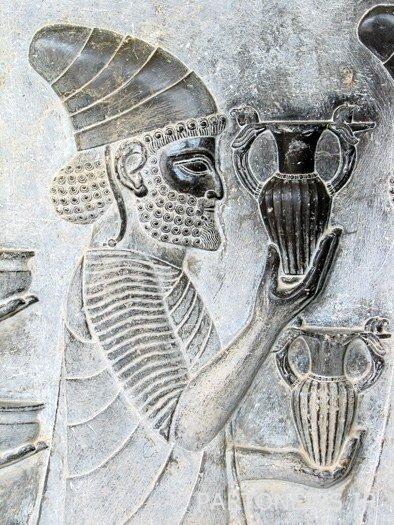
In addition to these motifs on the eastern stairs of the Apadana Palace in Persepolis, next to the line of representatives of various nations under the command of the Persian Empire, a lion is engraved that hurts a cow. Given that the lion is a symbol of heat and summer and the cow is a symbol of cold and winter, so the dominance of the lion over the cow means the victory of the sun, the end of winter and the arrival of Nowruz, which literally brings the spring equinox. Perhaps this lithograph can be considered as the most prominent symbol of Nowruz in Persepolis (Persepolis).
At the top of the petroglyph, another carving depicts Armenian donors carrying gifts for Nowruz.
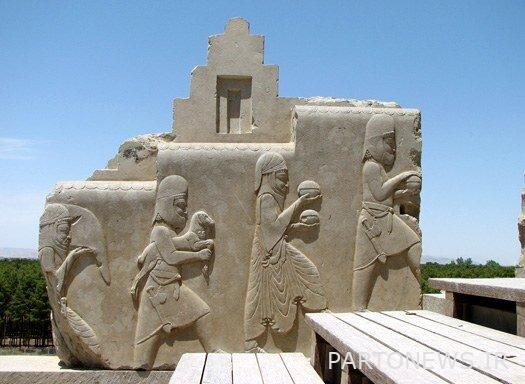
Nowruz is a holiday left over from ancient Iran, which was celebrated even during the Mongol period and the invasion of other tribes, despite opposition.
